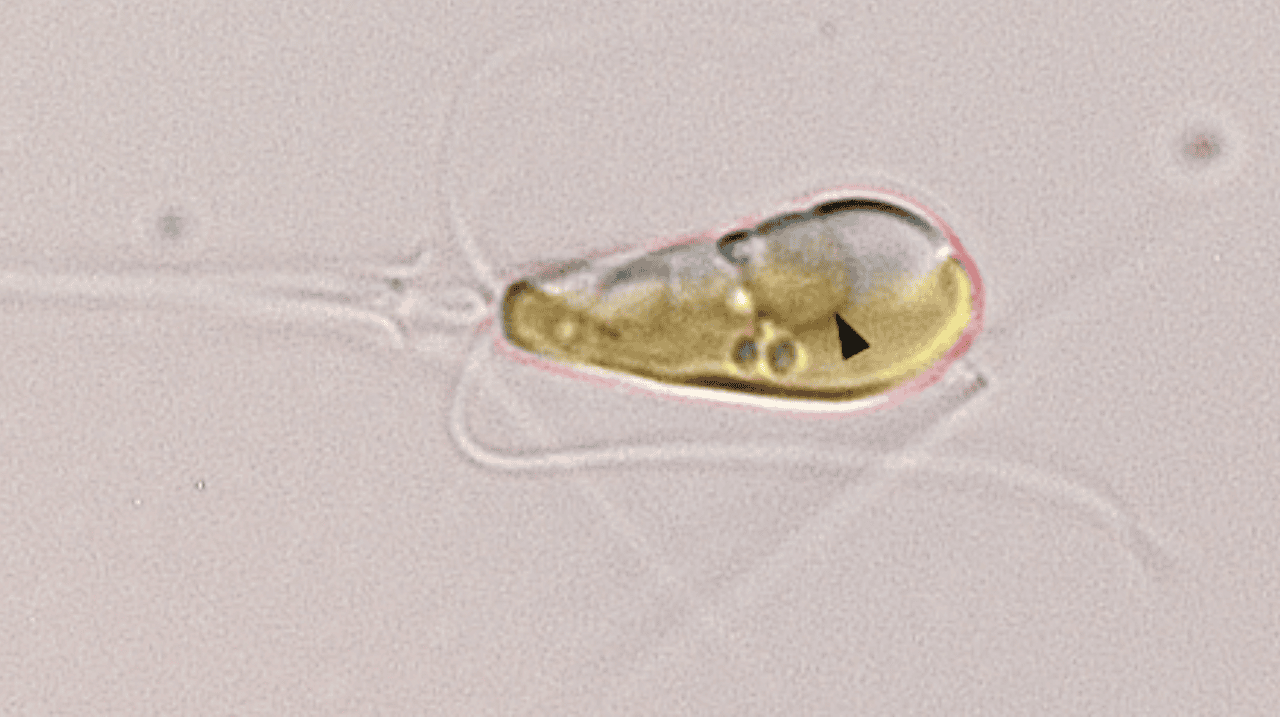This phenomenon, known as primary endosymbiosis, represents only the fourth known case in the history of evolution and has significant implications for understanding cellular evolution and its potential applications in agriculture.
The recently identified nitroplast arose from the absorption of a cyanobacterium called Atelocyanobacterium thalassa (UCYN-A) by the unicellular alga Braarudosphaera bigelowii. This event, which took place around 100 million years ago, marks a rare evolutionary leap similar to the formation of mitochondria and chloroplasts in ancient microbes, leading to the appearance of plants.
Unlike typical symbiotic relationships in which plants depend on external bacteria for nitrogen fixation, B. bigelowii internalizes this ability through its newly acquired nitroplast. This unique feature allows the organism to extract nitrogen directly from the air, a feat previously thought to be exclusive to certain prokaryotes such as bacteria.
ZME Science explains that the researchers have elucidated the dynamic relationship between UCYN-A and its host, revealing a synchronized exchange of nutrients characteristic of organelles. The study was recently published in the journals Cell and Science.

Tyler Coale, a postdoctoral fellow at the University of California at Santa Cruz, highlights the potential of engineering similar organelles in crop plants to improve nitrogen fixation and promote sustainable agricultural practices. By harnessing natural nitrogen-fixing capabilities, agriculture can become more environmentally friendly and less dependent on fertilizers





